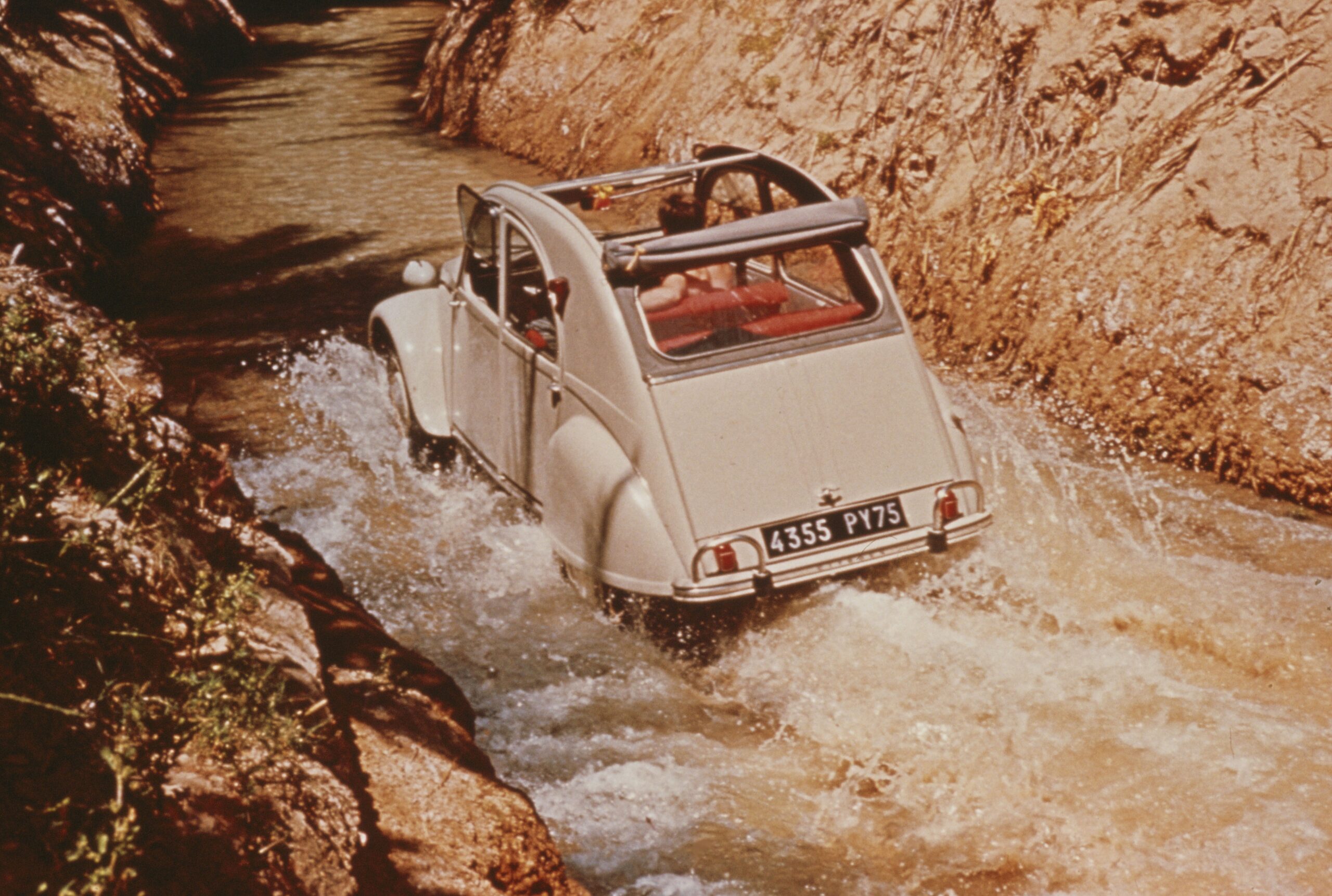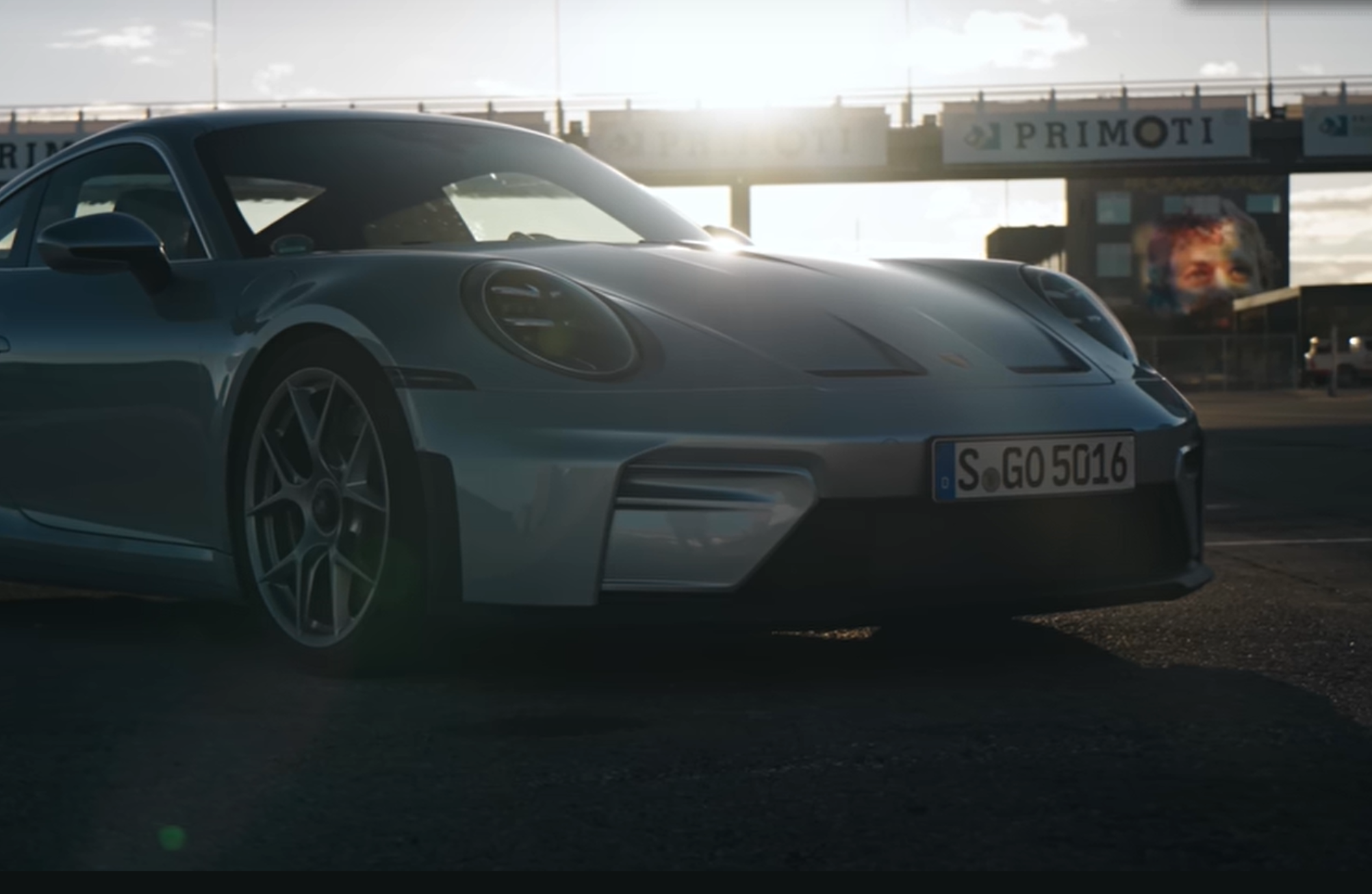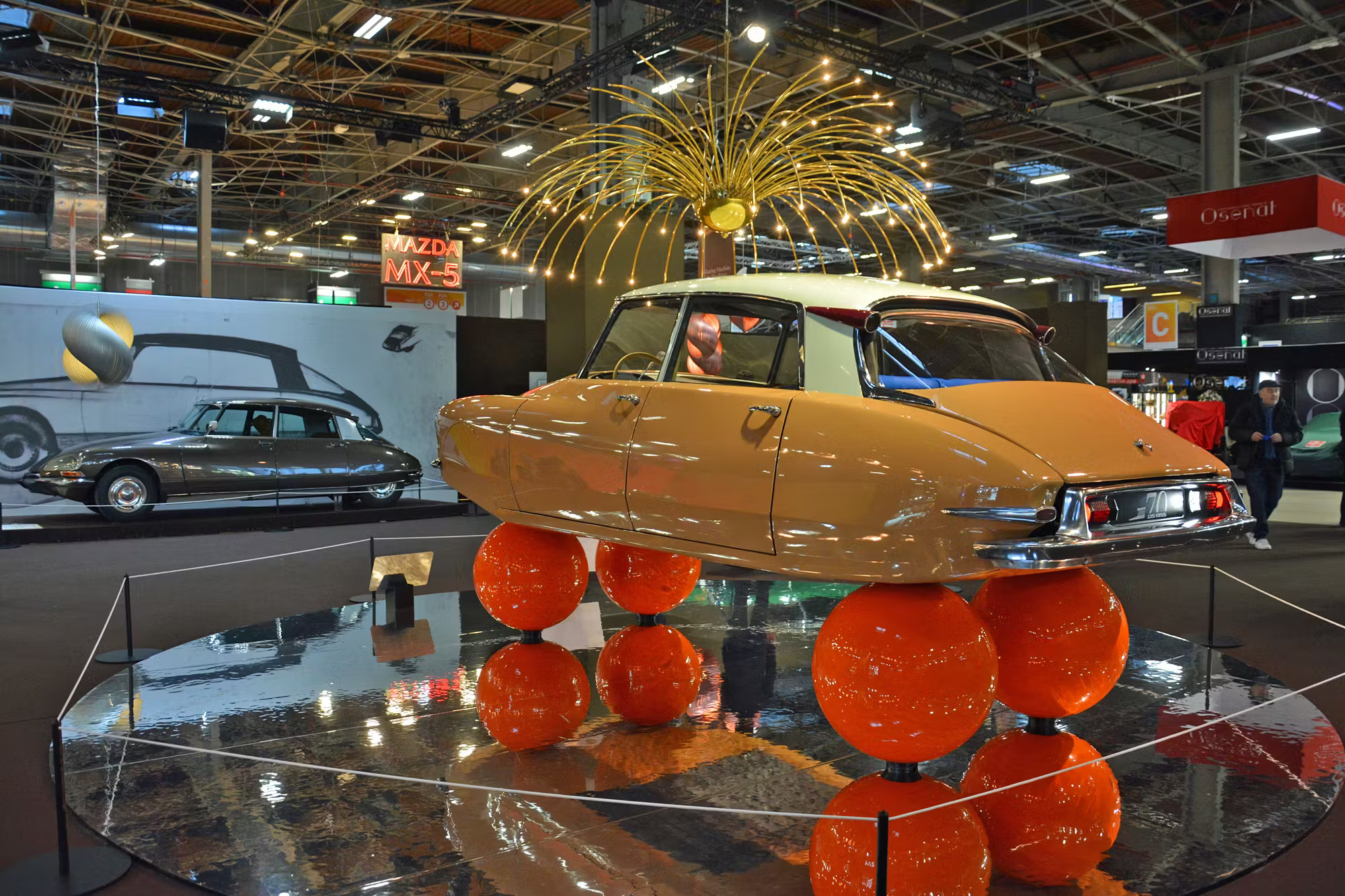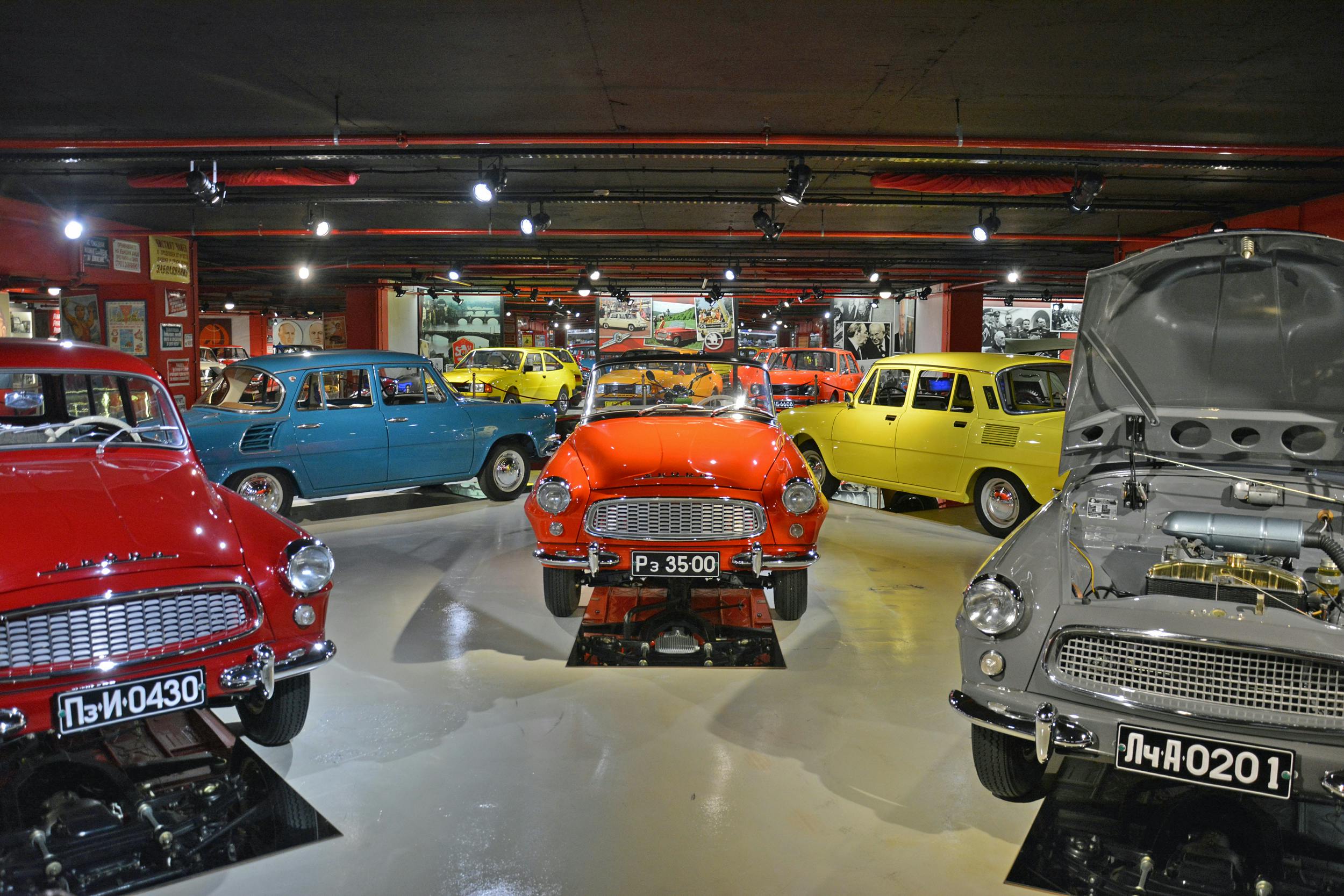If you follow high-level motorsport you’re probably aware of the fact that top-level teams, particularly in Formula 1, have invested millions of pounds in racing simulators. These machines not only help drivers prepare for the real thing, but they are so realistic that team engineers can use them to test car setups in the digital realm, reducing the time needed for expensive track testing.
Ferrari is said to have the most sophisticated setup, made by the UK’s Dynisma Motion Generators (DMG), founded by Ash Warne in 2017 after stints with McLaren and Ferrari. After developing Ferrari’s bespoke simulator, DMG is now offering an only slightly less powerful production model, the DMG-1, which it is making available to any team with £1.9 to £2.9 million, depending on options.


McLaren is generally considered to be the first F1 team to prove the value of racing simulators to the series, and that’s technically true if you’re talking about modern simulators that are as much about simulating motion and g forces as they are about generating panoramic, 3D, or virtual reality visual displays. “Motion sim” is the art and science of fooling the inner ear and brain into thinking you are accelerating, braking, or cornering by using computer-controlled linear actuators that can induce roll, pitch, and yaw. You may have seen a motion sim setup at a motor show, but the systems used by racing teams are much more sophisticated, expensive, and realistic. Today’s simulators can even reproduce the thumping of expansion strips on pavement at speed or subtle changes in the road surface.

McLaren, however, was not the first Formula 1 team to develop and use a state-of-the-art racing simulator. That team would be Lotus, and they did it more than a half-century ago.
Lotus founder Colin Chapman was a gifted promoter. By 1966 his racing team had already won both an F1 world championship and the Indy 500, and he was eager to promote the brand. Chapman came up with the idea of making and selling racing simulators to familiarize people with racing, to market the Lotus racing team, and perhaps to sell a few Lotus-branded road cars. While a period BBC news show suggests that the simulator was used for driver training, and the racing school at the Brands Hatch racetrack did in fact buy one, Chapman’s main intent seems to have been to sell it as a pay-to-drive amusement device to operators of slot car tracks, bowling alleys, or standalone locations. His was a pretty comprehensive plan that included franchising, leagues, and related merchandise.

In addition to amusement operators and a few car dealers, British Petroleum bought a simulator (a bit surprising, since Team Lotus was then sponsored by other oil companies). The rigs were notable enough that, as mentioned, the BBC gave a substantial amount of airtime to the project, and one simulator even made it to the small screen: In the 1967 Avengers episode “Dead Man’s Treasure,” both John Steed and Emma Peel got behind the wheel. That episode also has a road rally with many period cars that you will probably appreciate. In that episode, the villains force Emma to race the Lotus at increasing speeds with the threat of electric shock if she crashes or goes off the course.

Lotus already had a relationship with the series producers: The Peel character famously drove first a white Elan roadster, and then a blue one, which was gifted to actress Diana Rigg, who played Peel, after she left the series. (That Elan sold earlier this year for £164,250.) It appears, however, that the show’s producers did not use the Lotus simulator to project the image we see on The Avengers. More likely, they used the same cinematic-quality rear projection as they did when filming the road rally.

Since the brochure says that the technical concept of the simulator was based on a patented aircraft simulator, Lotus probably licensed the technology. The driver sat in a replica of a Lotus 31 sans drivetrain but replete with sensors to measure throttle, steering, gear selection, and braking, said to be connected to a computer that controlled the simulator. The original models used an actual racing chassis, though later versions used lighter gauge tubing, perhaps to save money or weight.

The way the Lotus simulator’s control and projection system worked was with a rotating disc about four feet in diameter with a 3D scale model of a road course laid out on the disc, complete with corners and straightaways. The course was typically Brands Hatch, but it could be changed. A camera was suspended over the track with a cantilevered boom. As the disc rotated, the view from the camera would appear to be traveling on the course. Using the throttle would increase the speed of rotation while hitting the brakes would slow things down. The upper disc was connected to a lower one, which could be moved laterally relative to the boom, allowing the camera to follow the course (and not just a circle) as well as giving the driver control over steering left and right.

That’s the camera got around the track. So how was the image projected onto the screen? The camera was likely a purely optical device, perhaps something akin to a camera obscura. Digital photography would not be invented for years, and even the earliest commercially available portable videotape cameras available in the late 1960s were substantially bulkier than what appears to be on the Lotus simulator. In addition to the camera, located at the head of the boom was a very bright light and a mirror. The latter reflected the reversed image onto the back of the curved translucent projection screen, presenting a properly oriented image to the driver. While one source suggests that it worked like an opaque projector or episcope, the BBC says that the mirror projected a shadowed image of the track onto the screen. However the system worked, it did in fact work fairly well, as you can see in the news footage on BBC (which unfortunately we cannot embed here).

As many as 31 Lotus Racing Simulators were sold, though one source says just 18. So, while it wasn’t a failure, it never achieved Chapman’s goals of franchise operations, racing leagues, and merchandise. Few are known to survive, and some may have been turned into functional race cars. The chassis and body for one of them showed up on eBay in 2014 and ended up at the World of Speed racing museum in Wilsonville, Oregon, which had it restored as part of an interactive display. I don’t believe, however, that the restoration also involved the track and projection system. Tony Thacker restored the race car chassis, suspension, and body, while the actual sim was handled by Keith Maher, a designer for what is now called VR Motion Corporation, which currently makes simulators to train truck drivers.
Maher, in describing the project said, “Everything was there really, it just needed to be put together. For the 1960s, it was very low-tech but very effective. The concept is the same but the technology is different. ” Instead of 196os technology, the museum display in Oregon likely used a modern digitally controlled display.

Unfortunately, the museum closed permanently in 2021 and there’s no indication as to the fate of the simulator. Got a lead on one? Drop me a note in the comment below.









I have Lotus ovn simulator that they took to car-exhibition round the world. It is complete with lots of spares. Today it is in Sweden.
I have an original sim chassis in my shed…